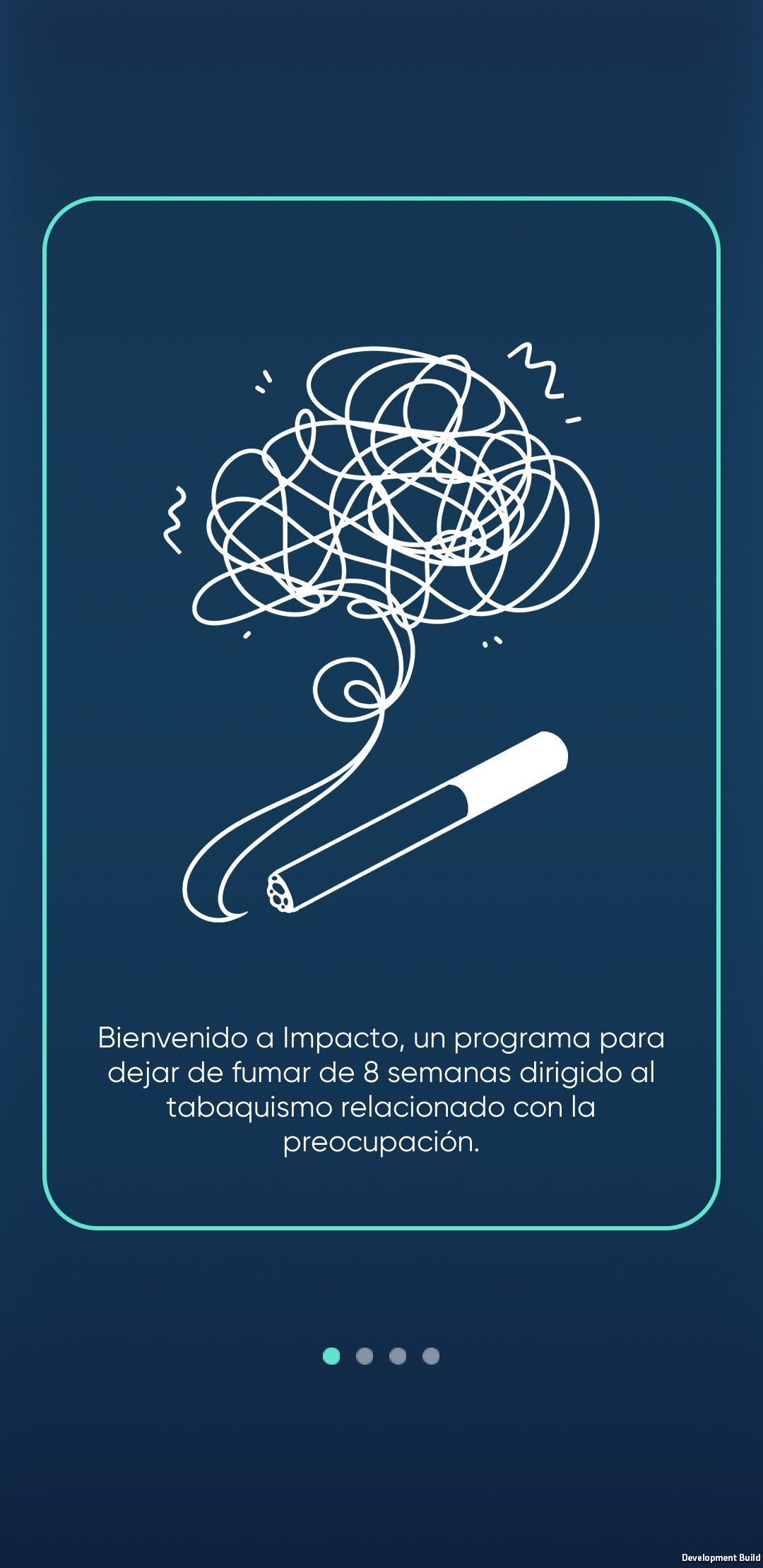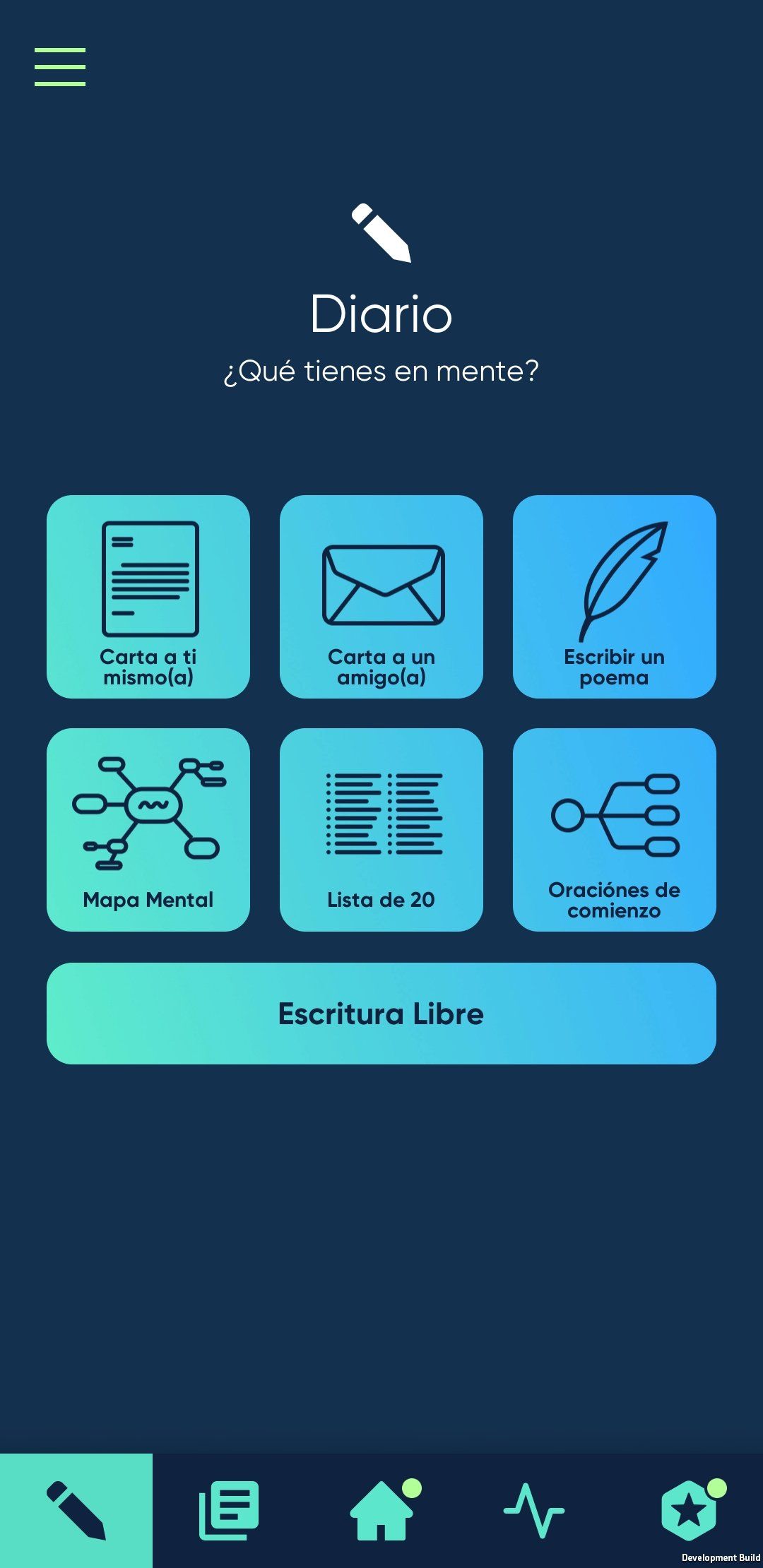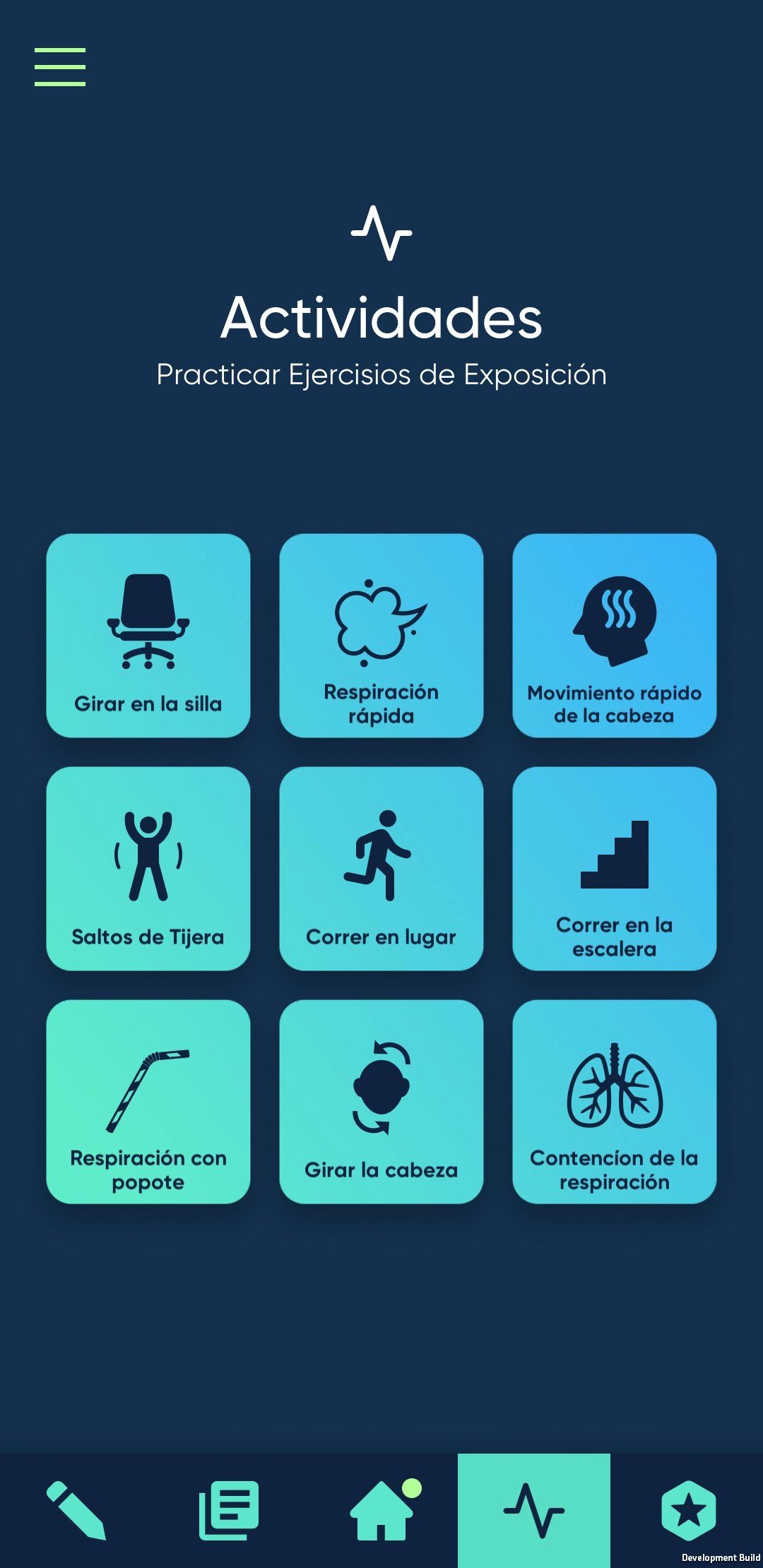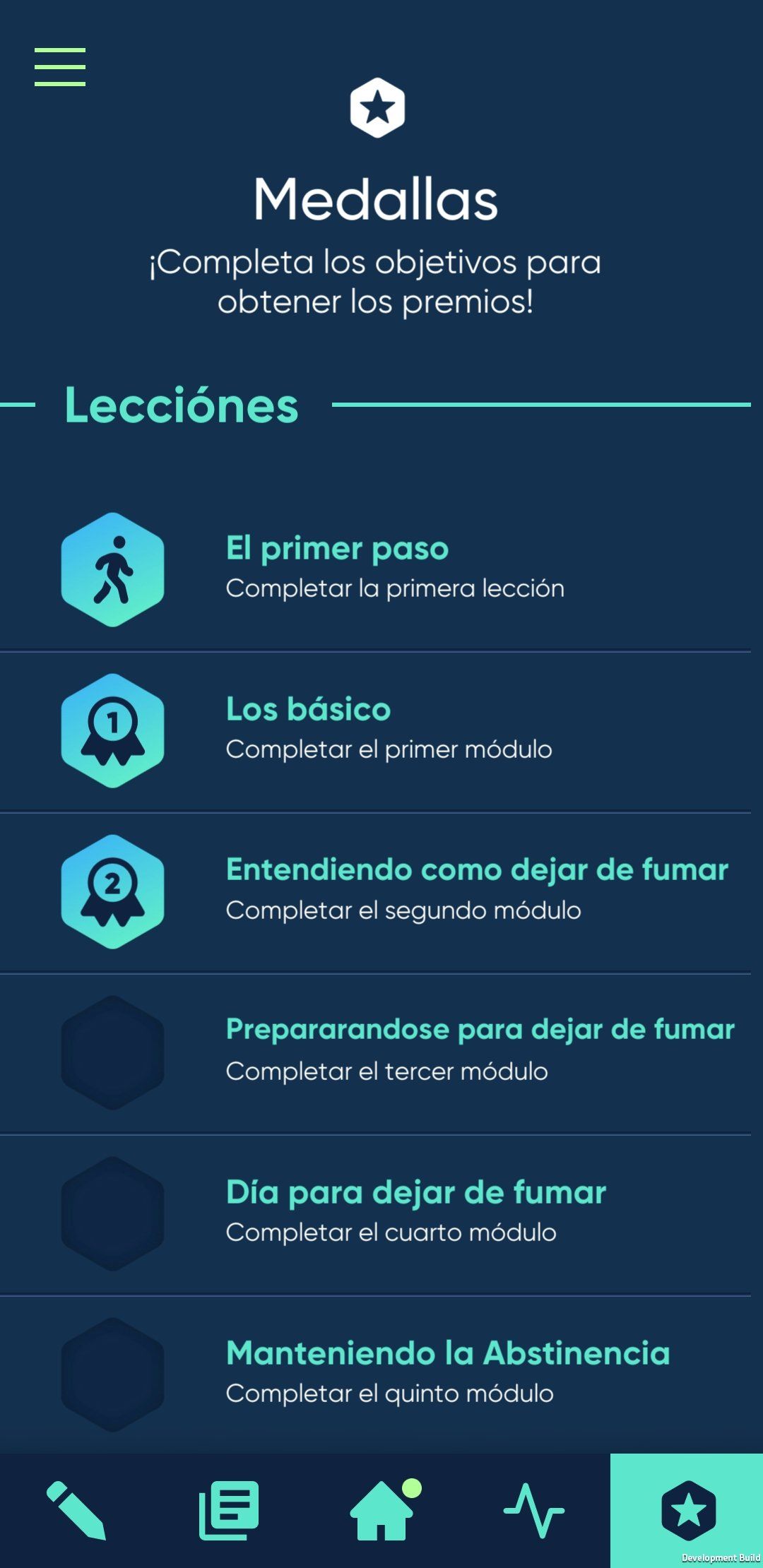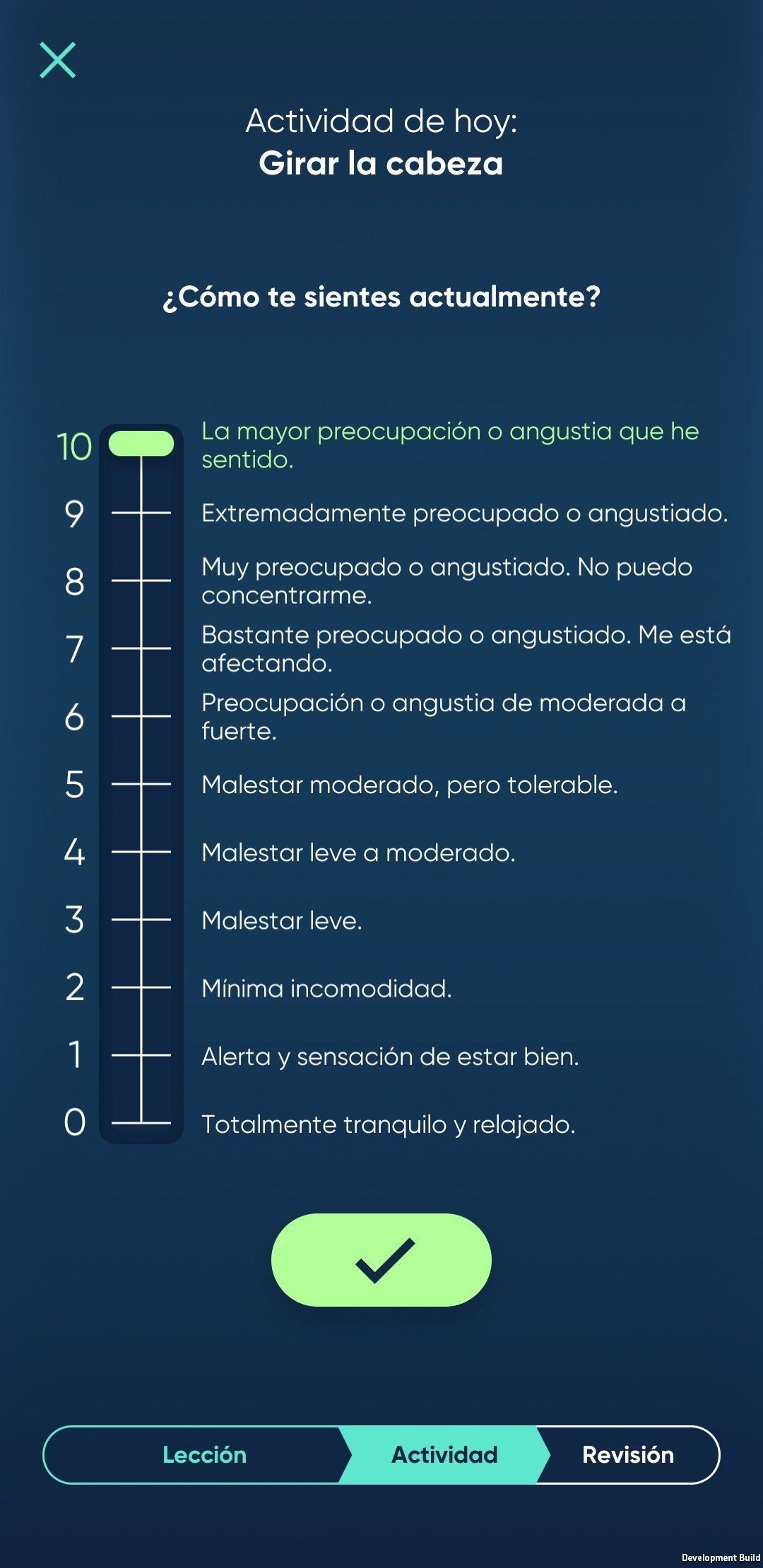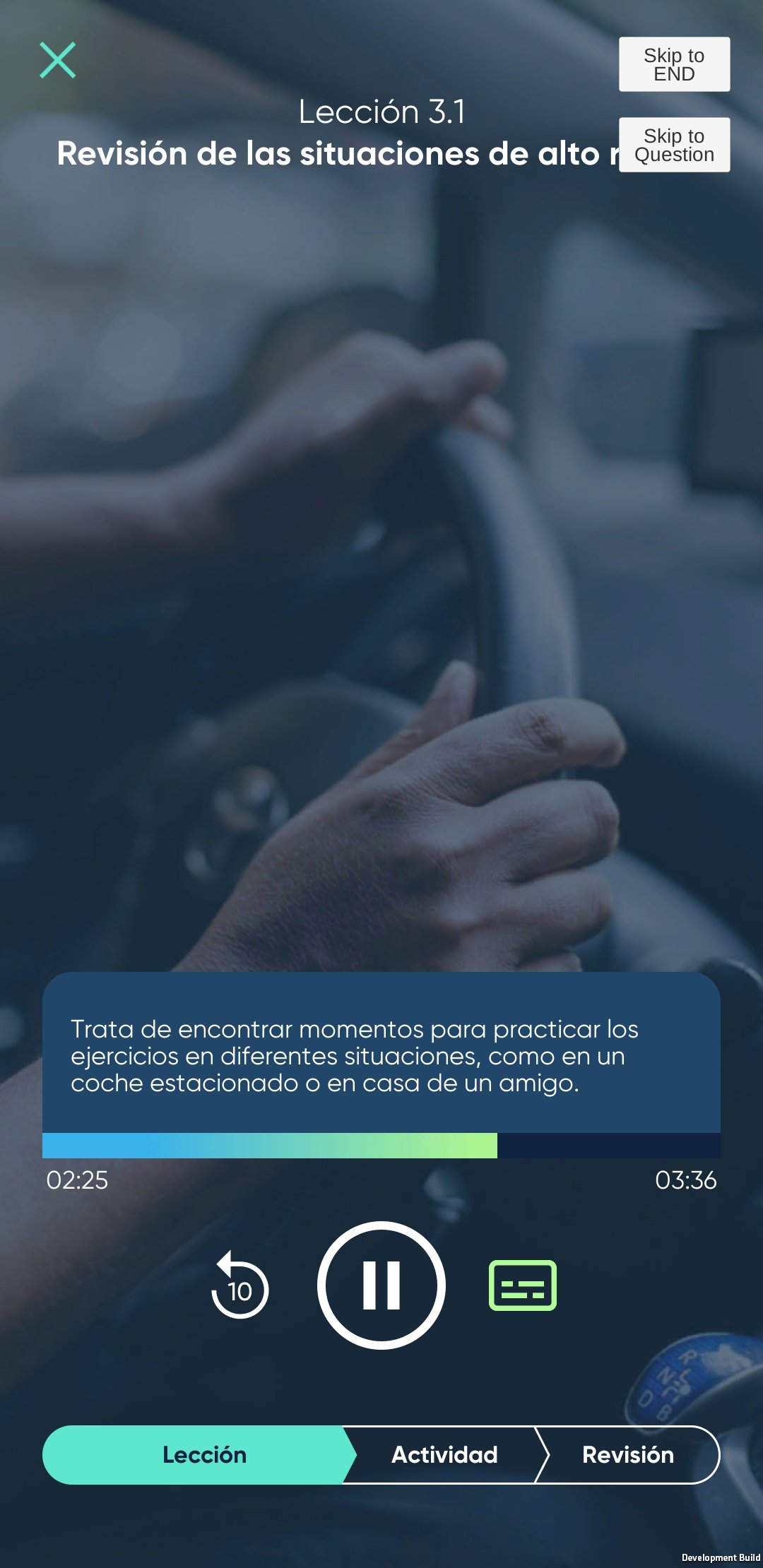Using Apps to Quit Smoking
We worked with Texas-based and NIH funded Health Behavior Solutions to design and develop an 8-week smoking cessation program aimed at the Latinx community. Our goal was to simultaneously improve mental health and smoking behavior by emphasizing the need to target smoking and anxiety sensitivity at the same time.
The Challenge: Ease of Use and Effectiveness
How can we effectively create an app that connects with the Latinx community?
To answer this question, we committed a lot of time to researching our audience and determining who this app was for. Part of the team traveled to Houston, TX to interview a set of participants to truly understand what people are looking for in an app to quit smoking. Beyond just the look and feel of the app, the team took into consideration the style of communication, use of proper or improper Spanish, and whether content should be more relaxed or more structured.
We asked questions about peoples’ daily routines with the goal to make this app merge with their schedule and not be a pain. Quitting smoking is hard enough, so the last thing we wanted was to add ONE MORE thing to someone’s already busy life!
The Result
We went with a family-centered approach, emphasizing and prioritizing family and what they value most. The content was created with a semi-casual approach that included voice over. This was important because we wanted the participants to be able to listen to the lessons as they go about their day, such as during lunch or unwinding after getting home from a busy day. As for the look and feel of the app, we went with darker hues to avoid eye strain in people who choose to view the lessons before bed.
Content and Features
A series of onboarding questions help personalize certain areas of the app by providing stats specifically related to the participant’s routine. The program contains lessons with activities to keep the user engaged, such as multiple choice questions, fill in the blank, and more. We also included exercises to practice after each lesson.
We added record-keeping and data features like journaling, facts such as the number of cigarettes smoked and money saved, and the user’s anxiety levels from start to finish so they can see the progress they’ve made over time. As participants complete lessons, practice exercises outside of the lessons, and journal, they earn badges to reward their progress.
Lastly, we added notifications to ensure the participants stay on track with the program. The app lets them know when a new lesson is available and if they’re falling behind with their exercises or journaling.
